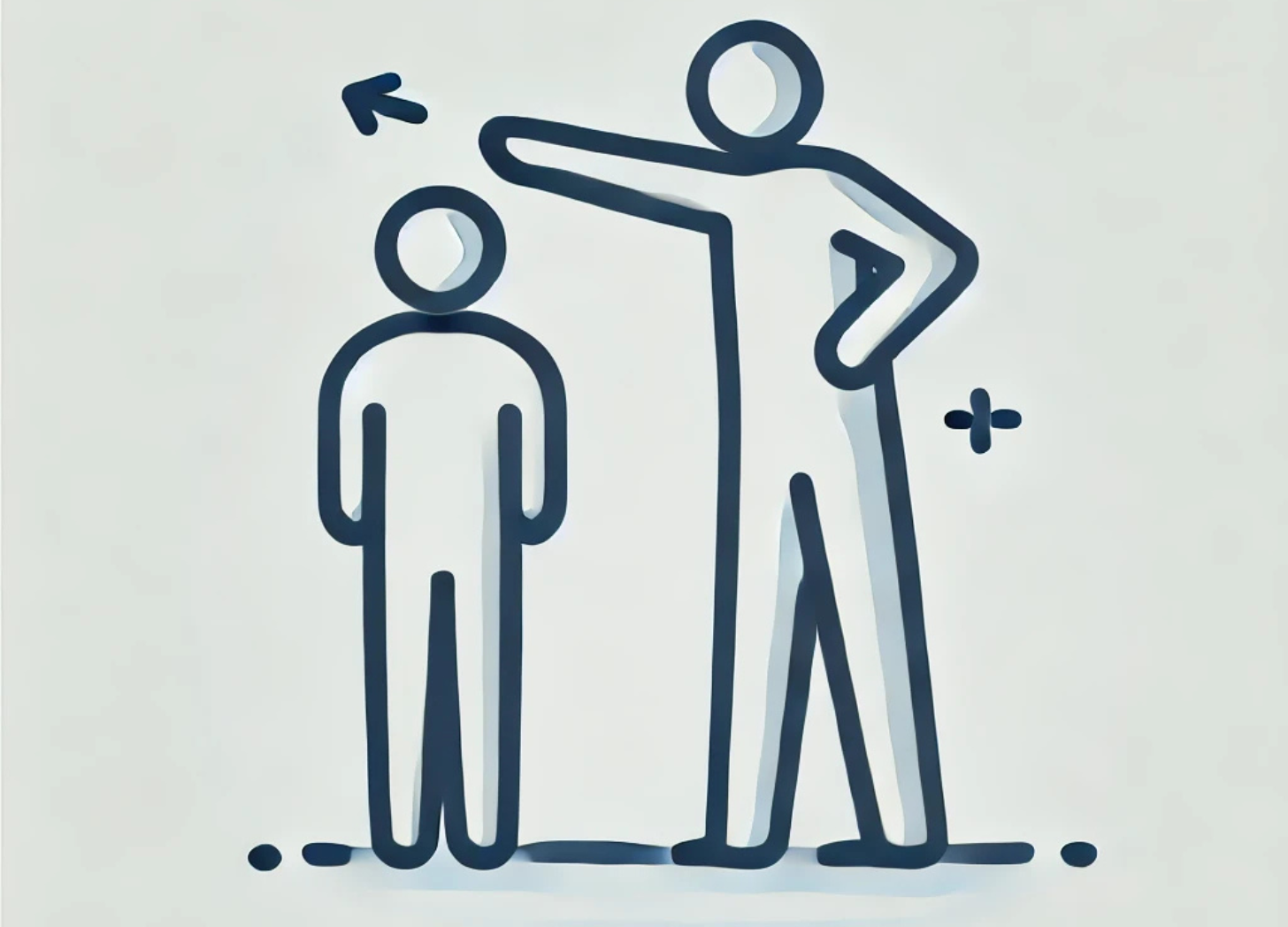
When someone approaches us with a problem, the instinct to help often kicks in immediately. Sometimes, the most supportive thing we can do is to step back and let them tackle the challenge themselves. By allowing others to face and solve their problems, we help them build self-confidence, creativity, and resilience. Instead of stepping in as the “hero” who solves it for them, we can become a guide, encouraging them to take ownership of their path forward.
Why This Matters
Solving others’ problems can make us feel valued and needed. It can also create dependency, making us the “go-to” for every challenge. When we empower others to handle their own issues, we shift from problem-solvers to guides. This encourages them to grow and allows us to use our time and energy more effectively. By giving people space to solve their own challenges, we let them become the hero of their story, reinforcing their confidence and problem-solving skills.
How to Apply This
Shift from Problem-Solver to Guide
When someone brings you a problem, avoid the temptation to jump in with a solution. Instead, ask questions that help them explore solutions on their own. Questions like, “What steps have you thought about so far?” or “What outcomes do you hope for?” encourage them to think critically and make decisions.
Focus on the Person, Not the Problem
When a challenge is shared, focus on the person rather than the problem. As soon as you shift your attention to the issue, you will likely start solving it for them. Instead, stay engaged with them, listen actively, and help them feel supported as they search for a solution. This way, you’re fostering their independence and helping them develop their own resourcefulness.
Trust in Their Abilities
Show them that you believe in their capacity to handle the situation. When they feel your confidence in their abilities, they’re more likely to trust in themselves. This trust creates a space for them to experiment, make decisions, and grow from the experience.
Try This
The next time someone presents you with a challenge, take a step back and resist the urge to provide a quick solution. Instead, ask a question that helps them brainstorm or get a new perspective. For instance, ask, “What’s one thing you could try?” or “How do you think you could approach this differently?” Notice how this shifts the conversation and allows them to find their own path.
Empowering others means giving them the room to take charge of their journey. By letting people solve their own challenges, we foster growth, independence, and resilience—for them and ourselves.
Enjoyed this post? Like, share, or leave a comment below!
If you’re excited about learning more and enhancing your personal growth journey, consider a membership to receive valuable NLP and personal development content each week. I’ll break down key NLP topics, explaining how they work and why they matter. Perfect for learners seeking regular, bite-sized insights into the world of NLP!
Image created with the assistance of AI using ChatGPT.
